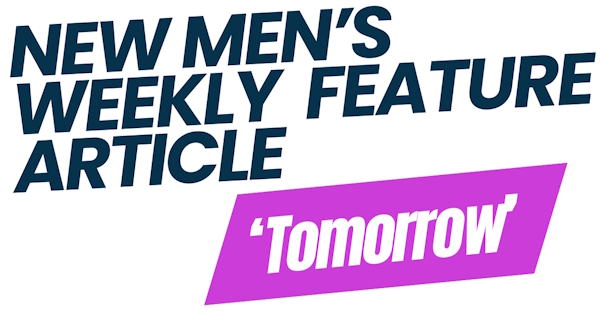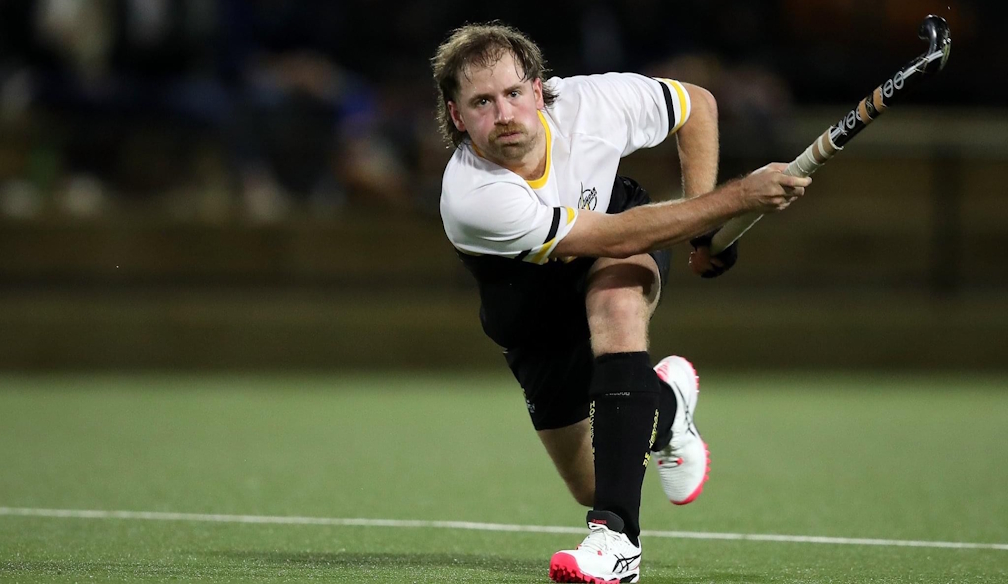Everything You Need To Know About What CPR Training Courses Cover

Learning CPR (Cardiopulmonary Resuscitation) is essential to help save lives in emergencies. Whether you're a healthcare professional, a concerned parent, or someone simply looking to be better prepared, understanding what do CPR training courses teach is key. CPR courses teach you vital techniques, including how to perform chest compressions, administer rescue breaths, and assist a choking person. They also provide guidance on recognising the signs of cardiac arrest and other life-threatening conditions. By knowing what to expect from CPR training, you can ensure you choose the right course for your needs and feel confident in your ability to respond during an emergency.
What is CPR, and Why is it Important?
CPR is a life-saving technique to restore blood circulation and oxygen to the brain and other vital organs in someone who has stopped breathing or whose heart has stopped beating, and practicing with a CPR dummy can help individuals perform the technique effectively in emergencies. It combines chest compressions, mouth-to-mouth rescue breathing (sometimes), and an Automated External Defibrillator (AED) to revive the person.
In emergencies, quick intervention is crucial. Research shows that performing CPR within the first few minutes of a cardiac arrest can double or even triple a person’s chance of survival. CPR training ensures that individuals are ready to act confidently and correctly in such situations, whether in the workplace, at home, or in public spaces.
Basic CPR Training Content
Introductory CPR training courses are typically designed for non-medical professionals and focus on teaching the fundamentals of CPR. These courses cover:
- Chest Compressions: One of the core elements of CPR is performing chest compressions. CPR training will teach you the correct technique for compressing the chest to a depth of at least two inches for adults, ensuring effective circulation.
- Rescue Breaths: Traditional CPR teaches the use of rescue breaths, which involve tilting the person’s head back, opening the airway, and delivering mouth-to-mouth breaths. However, some modern CPR courses, particularly those designed for laypeople, focus more on hands-on CPR, which is just as effective in many cases of cardiac arrest.
- Use of AED: Automated External Defibrillators (AEDs) shock the heart back into a normal rhythm during cardiac arrest. CPR courses teach individuals how to use an AED, including how to apply the pads and follow the device's prompts.
Most CPR training courses for lay responders, such as those offered by the Red Cross or St John Ambulance, focus on adult CPR. However, some courses also include techniques for infant and child CPR, which require a slightly different approach due to the size and fragility of younger bodies.
Advanced CPR Training Content
Advanced CPR courses are available for those seeking more in-depth knowledge. These courses are generally intended for healthcare providers or those in high-risk professions such as paramedics, nurses, and doctors. Advanced courses cover more complex scenarios and often include the following:
- Advanced Airway Management includes techniques like inserting an advanced airway to secure the patient’s breathing, such as using a bag-valve mask or endotracheal intubation.
- Advanced Life Support (ALS): This level of CPR training includes the administration of medications and the use of more sophisticated devices for managing patients in cardiac arrest or those suffering from life-threatening conditions. It is often taught alongside courses in advanced cardiac life support (ACLS).
- Two-Person CPR: Some advanced CPR courses teach how to perform CPR in teams, where two responders work together. One performs chest compressions while the other manages the airway or uses the AED.
Specific CPR Courses
CPR courses are often tailored to meet the needs of specific groups, such as parents, teachers, or healthcare professionals. Some of the more specific CPR courses include:
- Heartsaver CPR: Aimed at non-healthcare workers, this course covers adult and child CPR, AED use, and basic first aid. It’s suitable for working in schools, offices, or those with young children at home.
- BLS (Basic Life Support): Aimed at healthcare providers, this course covers CPR for adults, children, and infants, as well as the use of AEDs and advanced airway management techniques. BLS is a requirement for many medical and emergency response jobs.
- CPR for Infants and Children: Many courses offer specialised training for CPR on infants and children, where the technique differs significantly from adult CPR. Parents, babysitters, and childcare workers must understand these differences to respond effectively in emergencies.
CPR and First Aid Courses
Many CPR training providers offer courses that combine CPR training with basic first aid. These courses teach a broader range of emergency response skills, including:
- How to manage common injuries such as burns, cuts, and sprains.
- How to recognise the signs of strokes, heart attacks, and seizures.
- How to treat choking victims and those suffering from allergic reactions.
Taking a combined CPR and first aid course ensures that individuals are prepared for a wide range of life-threatening and non-life-threatening emergencies, making them more effective responders.
CPR Certification and Recertification
CPR training courses typically culminate in a certification, which proves your competency in performing CPR. Certification is essential, particularly if you need CPR training for work or volunteer purposes. Most CPR certifications are valid for a specific period, usually two years, after which recertification is required.
During recertification, individuals will review the skills they learned in their initial training and may be required to demonstrate proficiency in performing CPR and using an AED. Keeping certification up to date is essential for maintaining the skills necessary to respond effectively in emergencies.
Conclusion
CPR training courses cover essential skills that can save lives, including performing chest compressions, providing rescue breaths, and using an AED. Whether taking an introductory CPR course for personal knowledge or an advanced course for a professional setting, CPR training is an invaluable skill that prepares you to respond confidently and effectively in emergencies. By taking a CPR course, you are learning life-saving techniques and gaining the confidence to act when it matters most.
Whether you are a parent, employee, or healthcare provider, completing a CPR training course will ensure you are ready to handle any situation. Remember, CPR is a skill that anyone can learn and use, and you don’t have to be a medical professional to make a difference in someone’s life.





